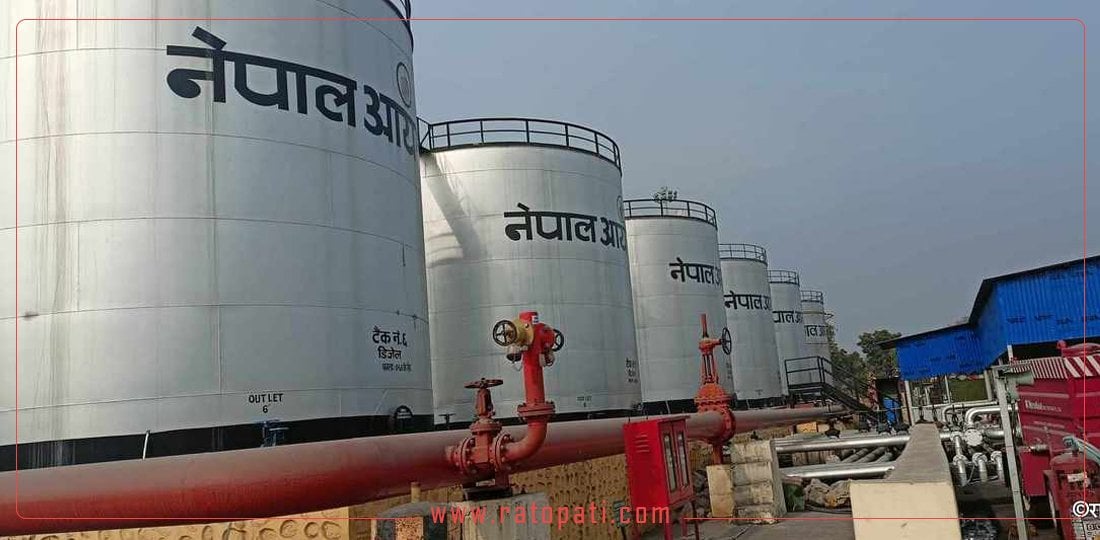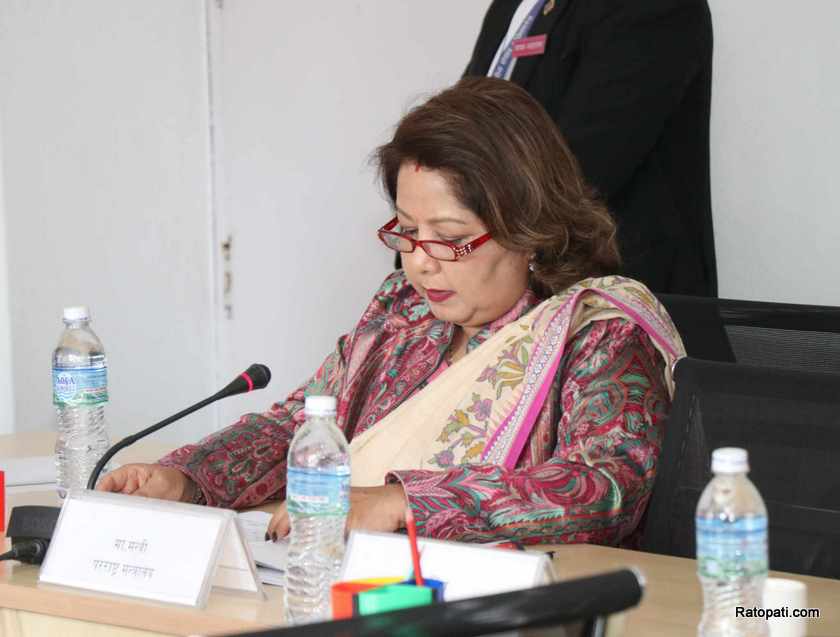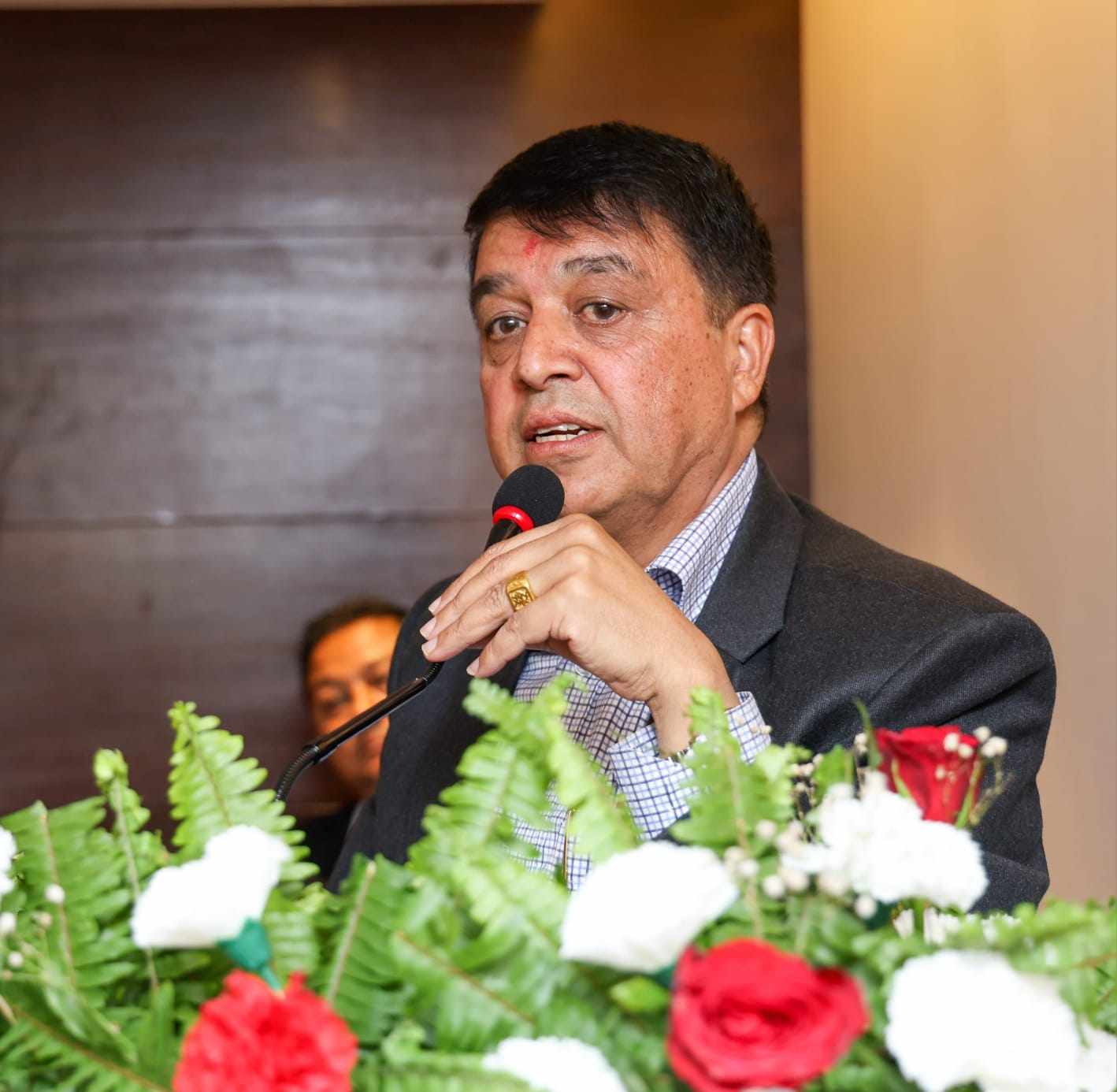Nepal considers importing LPG through pipelines from India

Kathmandu, August 21 - The government is preparing to invest 15 billion rupees to construct a cooking gas (LPG) pipeline. Chandi Prasad Bhatta, Executive Director of Nepal Oil Corporation, announced that the pipeline will transport gas from Motihari to Sarlahi, similar to the diesel pipeline that runs from Motihari to Amlekhganj.
The project is being funded with support from the Government of India. While the gas pipeline construction is subsidized by India, the Nepal Oil Corporation will be responsible for building the storage facilities at its own expense, Bhatta explained.
Of the total 15 billion rupees, approximately 8 billion rupees are estimated to be required for constructing the gas storage facility. A detailed project report (DPR) is currently being prepared to outline the specifics of the pipeline construction. The exact cost remains uncertain as discussions with the Indian Oil Corporation (IOC) are ongoing.
A year ago, the IOC provided an initial engineering survey report for extending the Motihari-Sarlahi LPG pipeline. The estimated cost for this extension is 15 billion rupees.
Currently, the state spends 6 billion rupees annually on gas transportation, a cost that is expected to be eliminated once the pipeline is completed.
Industry, Commerce, and Supply Minister Damodar Bhandari and Chandi Prasad Bhatta attended the Bay of Bengal Initiative for Multi-Sectoral Technical and Economic Cooperation (BIMSTEC) trade summit starting August 6. During their visit to India, they met with Indian Petroleum and Natural Gas Minister Hardeep Singh and senior IOC officials. Bhatt reported a positive response regarding the pipeline expansion.
The investment strategy for extending the two petroleum pipelines—Siliguri-Jhapa and Amlekhganj-Chitwan—was also discussed. Last year, during then-Prime Minister Pushpa Kamal Dahal's visit to India, an agreement was reached with Prime Minister Narendra Modi to develop these pipelines.
According to the corporation, 4.11 billion rupees will be needed to extend the pipeline from Amlekhganj to Lothar in Chitwan over 69 km. India will cover the costs for this pipeline expansion, while the 9.27 billion rupees required for building the fuel storage terminal in Lothar will be borne by Nepal.
Additionally, the corporation proposed laying a pipeline from Siliguri to Charaali in Jhapa, a distance of about 50 km, and constructing a new fuel storage terminal at Charaali. The preliminary estimate for this project is 4.32 billion rupees for the pipeline and 7.53 billion rupees for the terminal. India will cover the costs for both the pipeline and storage facility, though the timeline for this project is still uncertain.
In 2016, an agreement was signed between the Indian Oil Corporation and Nepal Oil Corporation to build the Motihari-Amlekhganj cross-border pipeline. The 69.2 km pipeline, completed 15 months ahead of schedule, was funded by India with over 3 billion rupees, while the terminal was jointly financed by Nepal and India.
Call to Focus on Domestic Electricity Consumption
Ganesh Karki, President of the Independent Power Producers Association of Nepal (IPPAN), urges the government to prioritize the consumption of domestically produced electricity over the importation of fuel like petrol and gas.
Karki asserts, "Increasing domestic electricity consumption will reduce our reliance on imported petroleum products and gas. The government should concentrate on enhancing electricity use rather than focusing on pipeline projects."
He advocates that investing the budget allocated for pipelines into developing electricity infrastructure could help reduce petroleum imports.
In the last fiscal year 2023/24, Nepal earned 16.93 billion rupees from selling electricity to India. In contrast, during the same period, the customs department reported that petroleum products worth 3.07 trillion rupees were imported from India.








Leave Comment